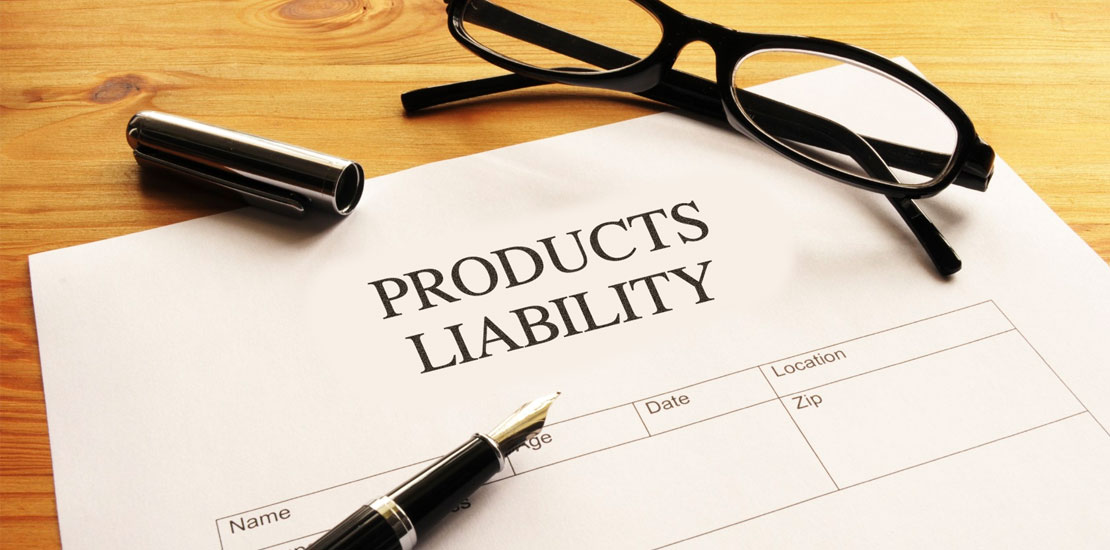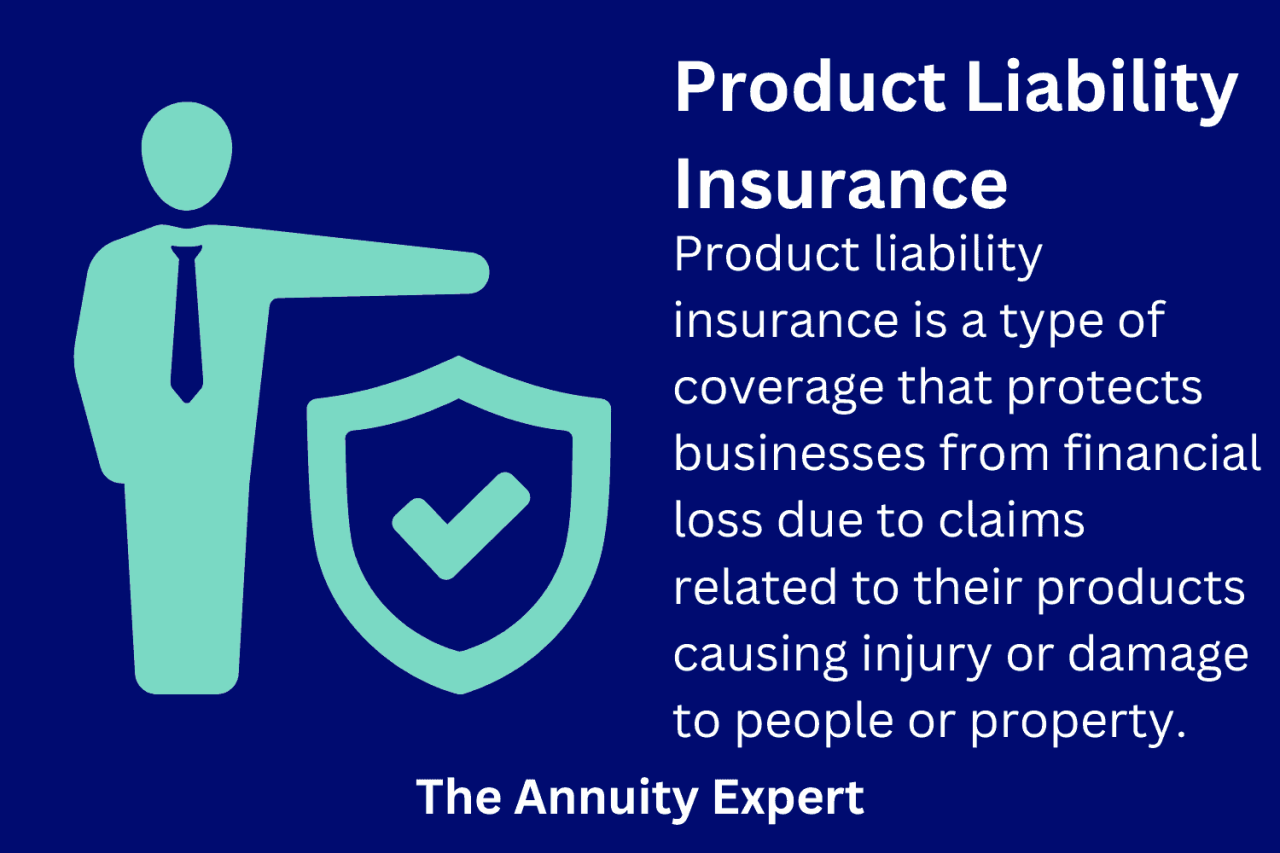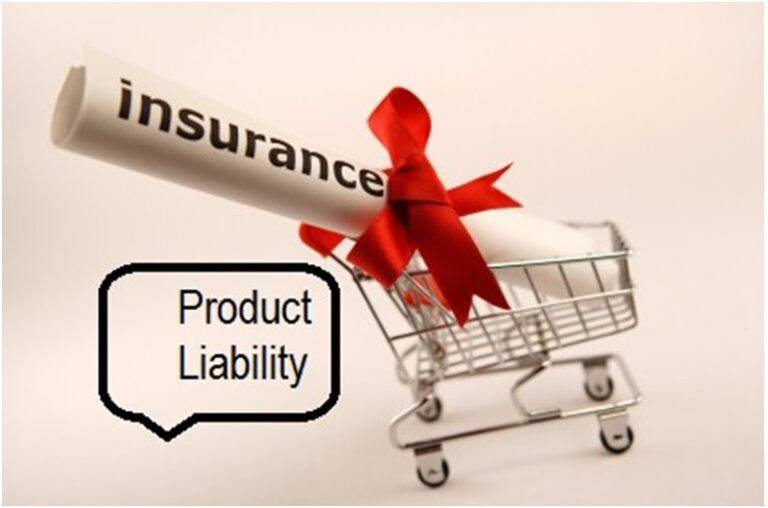Product Liability Insurance for Home & Interior Goods: A Comprehensive Guide

Exploring the realm of Product Liability Insurance for Home & Interior Goods, this guide aims to shed light on the importance of this insurance for manufacturers and sellers. From coverage details to claims processes, dive into the intricacies of protecting your business.
Delve deeper into the nuances of product liability insurance for home and interior goods to ensure you are well-equipped to navigate the complexities of this crucial aspect of business operations.
Overview of Product Liability Insurance for Home & Interior Goods
Product liability insurance is a type of insurance coverage that protects manufacturers, distributors, suppliers, and retailers from financial losses due to liability claims resulting from defects in the products they sell. This insurance covers legal fees, settlements, and judgments that may arise from such claims.Examples of home and interior goods that would require product liability insurance include furniture, appliances, lighting fixtures, textiles, home decor items, and kitchenware.
Any product that is sold for use in homes or interior spaces can potentially cause harm to consumers if it is defective in design, manufacturing, or labeling.Having product liability insurance is crucial for manufacturers and sellers of home products because it provides financial protection in the event that a product causes injury or damage to a consumer.
Without this insurance, companies could face significant financial losses, lawsuits, and damage to their reputation. By having product liability insurance, businesses can mitigate the risks associated with selling products to consumers and ensure that they are protected in case of any product-related incidents.
Coverage Offered by Product Liability Insurance

Product liability insurance provides crucial protection for manufacturers, distributors, and retailers of home and interior goods. This type of insurance covers a range of risks associated with potential defects or issues in the products sold to consumers.
Types of Coverage
- Product Defect Coverage: This includes protection against claims related to design defects, manufacturing defects, or inadequate warnings or instructions.
- Property Damage Coverage: Covers damage to property caused by defective home or interior goods.
- Personal Injury Coverage: Protects against claims for bodily injuries caused by faulty products.
- Legal Defense Costs: Covers legal expenses in case of lawsuits related to product defects.
Protection Against Claims
Product liability insurance safeguards businesses from financial losses resulting from property damage or injuries caused by their products. In the event of a claim, the insurance policy helps cover the costs of legal defense, settlements, or judgments, reducing the financial burden on the insured party.
Limits and Exclusions
It's important to note that product liability insurance policies have limits on coverage amounts, which may vary depending on the policy terms and the nature of the goods being covered.
Some policies also have exclusions for certain types of claims, such as intentional product misuse or pre-existing defects known to the insured party. It's essential for businesses to review their policy carefully to understand the scope of coverage and any exclusions that may apply.
Factors Influencing Product Liability Insurance Premiums

Product liability insurance premiums are determined based on several factors that insurance companies take into consideration. These factors can vary depending on the type of home and interior goods being sold, as well as the safety record and quality control measures of the company.
Type of Home and Interior Goods
The type of home and interior goods being sold can have a significant impact on insurance costs. Products that are considered high-risk, such as electrical appliances or children's furniture, may lead to higher premiums due to the increased likelihood of accidents or defects
On the other hand, products with a lower risk profile, such as textiles or decorative items, may result in lower insurance costs.
Company’s Safety Record and Quality Control Measures
Insurance companies also take into account a company's safety record and quality control measures when determining premiums for product liability insurance. A company with a strong safety record and robust quality control procedures in place is likely to be viewed more favorably by insurers, leading to lower premiums.
Conversely, companies with a history of product recalls, safety incidents, or poor quality control may face higher insurance costs to mitigate the increased risk of liability claims.
Claims Process for Product Liability Insurance
When it comes to product liability insurance for home and interior goods, understanding the claims process is crucial. This process involves the steps required to file a claim, how investigations are conducted to determine liability, and examples of successful and unsuccessful claims in the industry.
Steps Involved in Filing a Claim
- Contact your insurance provider as soon as you become aware of a potential liability claim.
- Provide detailed information about the incident, including any evidence or documentation you have.
- Cooperate with the investigation process initiated by the insurance company.
- Wait for the insurance company to review the claim and determine coverage based on the policy terms.
Investigations to Determine Liability
- Insurance companies will typically conduct thorough investigations to determine the cause of the incident and assess liability.
- They may review product design, manufacturing processes, quality control measures, and any warning labels or instructions provided with the product.
- Expert opinions and evidence may be sought to establish liability and assess the extent of damages incurred.
Examples of Successful and Unsuccessful Claims
- A successful claim could involve a manufacturer admitting fault for a product defect and agreeing to compensate the affected parties.
- On the other hand, an unsuccessful claim may result from insufficient evidence linking the product to the damages or injuries reported.
- In some cases, claims may be settled out of court through negotiation between the parties involved, while others may proceed to litigation.
Outcome Summary

In conclusion, understanding the ins and outs of product liability insurance for home and interior goods is paramount for safeguarding your business. With the right knowledge and coverage in place, you can mitigate risks and protect your brand reputation effectively.
User Queries
What does product liability insurance cover?
Product liability insurance typically covers costs associated with property damage or injuries caused by faulty home and interior goods.
How does the type of goods impact insurance costs?
The type of home and interior goods being sold can influence insurance premiums, with higher-risk products often leading to increased costs.
What factors affect insurance premiums for product liability?
Insurance companies consider factors such as a company's safety record, quality control measures, and the nature of the goods being sold when determining premiums.

